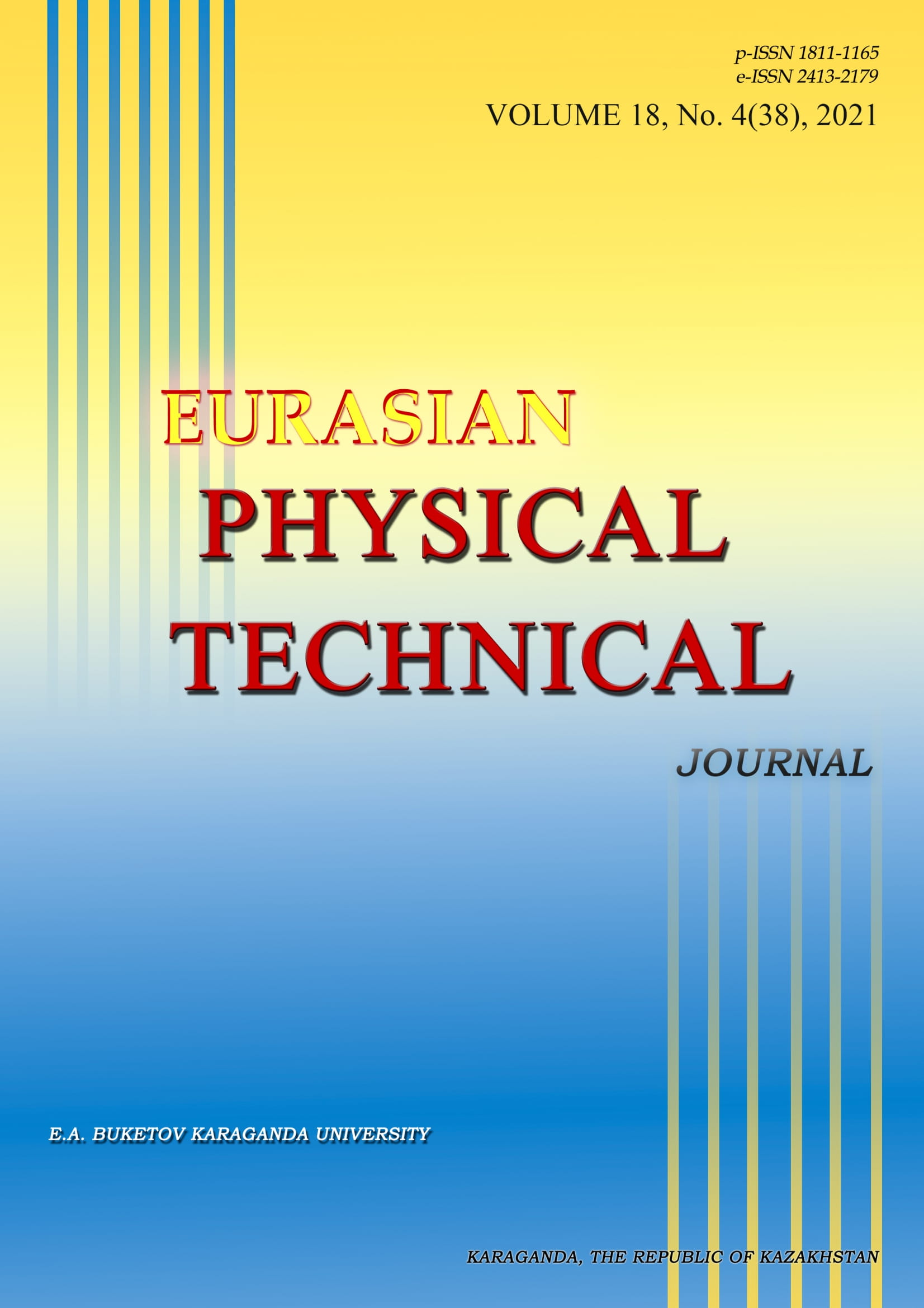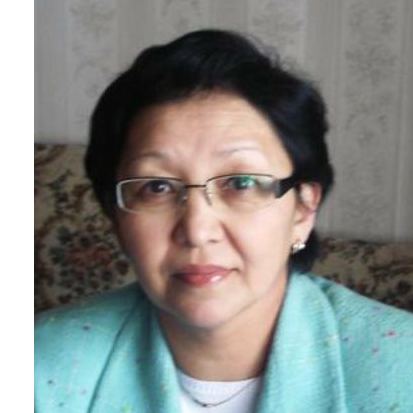ASSESSMENT OF THE WIND FARM IMPACT ON POWER SYSTEM STABILITY WHILE REDUCING OF TOTAL INERTIA
DOI:
https://doi.org/10.31489/2021No4/45-51Keywords:
wind turbine, inertia, out-of-step modeAbstract
With the development of wind power in the world, the issues of joint operation of wind power plants in power systems become relevant. Modern variable speed wind turbines with are connected to the network through power voltage converters, which, with their significant integration into the power systems, negatively affects the transient stability of such systems, the operation of emergency control devices, etc. The problem is caused by the effect of "decoupling" of the wind turbine generators from the power systems, since the connection of the mechanical moment of the wind turbine with the power system is lost, its frequency characteristics also change, the overall inertia of the system decreases, and as a consequence, these phenomena can lead to rapid fluctuations in frequency and voltage in normal modes, and also an avalanche of frequency and voltage in case of accidents. In addition, a decrease in the total inertia can contribute to the failure of out-of-step protection systems for eliminating the out-of-step mode, due to an increase in the slip frequency. In the article, experimental studies of the implementation of wind power plants in power system to assess the impact of their work on the rate of the transients.
References
"1 Renewables 2020 Global Status Report. Available at: https://www.ren21.net/reports/global-status-report/
GWEC. Global Wind Statistics 2019. Global Wind Energy Council, Brussels, Belgium, Tech. Rep. (2020). Available: https://gwec.net/global-wind-report-2019/
Tielens P., Hertem D. V. The relevance of inertia in power systems. Renewable Sustain. Energy Rev. 2016, Vol. 55, pp. 999–1009, doi:10.1016/j.rser.2015.11.016.
Erlich I., Wilch M. Primary frequency control by wind turbines. Proceedings of the “2010 IEEE power and energy society general meeting”, Minneapolis, USA. 2010, pp. 1–8.
Gautam D., Goel L., Ayyanar R., Vittal V., Harbour T. Control strategy to mitigate the impact of reduced inertia due to doubly fed induction generators on large power systems. IEEE Transactions on Power Systems. 2011, Vol. 26, No. 1, pp. 214-224, doi: 10.1109/TPWRS.2010.2051690.
Fernandez-Guillamon A. et al. Power systems with high renewable energy sources: A review of inertia and frequency control strategies over time. Renewable and Sustainable Energy Reviews, 2019, Vol. 115, pp. 109369. doi: 10.1016/j.rser.2019.109369
Gonzalez-Longatt, F. Impact of emulated inertia from wind power on under-frequency protection schemes of future power systems. Journal of Modern Power Systems and Clean Energy, 2016, pp. 1 – 8. doi:10.1007/s40565-015-0143-x.
Razzhivin, I., Askarov, A., Rudnik, V. and Suvorov, A. A Hybrid Simulation of Converter-Interfaced Generation as the Part of a Large-Scale Power System Model, International Journal of Engineering and Technology Innovation, 2021, 11(4), pp. 278-293. doi: 10.46604/ijeti.2021.7276.
Suvorov A., Gusev A., Ruban N., et al. Potential Application of HRTSim for Comprehensive Simulation of Large-Scale Power Systems with Distributed Generation. International Journal of Emerging Electric Power Systems. 2019, Vol. 20, No. 5, pp. 20190075.
Ufa R., Andreev M., Ruban N., et al. The hybrid model of VSC HVDC. Electrical Engineering. 2019, Vol.101, No. 1, pp. 11 – 18. doi: 10.1007/s00202-018-00752-y.
Andreev M., Ruban N., Suvorov A., et al. A Hybrid Model of Type-4 Wind Turbine – Concept and Implementation for Power System Simulation. Proceedings of the “2020 IEEE PES Innovative Smart Grid Technologies Europe (ISGT-Europe)”. 2020, pp.799 – 803. doi: 10.1109/ISGT-Europe47291.2020.9248860
Price W.W., Sanchez-Gasca J.J. Simplified Wind Turbine Generator Aerodynamic Models for Transient Stability Studies. Proceedings of the “IEEE PES Power Systems Conference and Exposition”. 2006, pp. 986-992. doi: 10.1109/PSCE.2006.296446.
Obukhov S.G., Plotnikov I.A., Masolov V.G. Dynamic wind speed model for solving wind power problems Eurasian phys. tech. j. 2020, Vol.17, No.33, pp.77 – 84.
Clark, N. W. Miller, and J. J. Sanchez-Gasca, Modeling of GE wind turbine-generators for grid studies GE energy, vol. 4, pp. 0885–8950,2010
Wu B., Lang Y., Zargari N., Kouro S. Power Conversion and Control of Wind Energy Systems. 2011, 480 p.
Yaramasu V., Dekka A., Duran M.J., Kouro S., Wu B. PMSG-based wind energy conversion systems: Survey on power converters and controls. IET Electr. Power Appl. 2017, Vol. 11, pp. 956–968. doi:10.1049/iet-epa.2016.0799.
"















